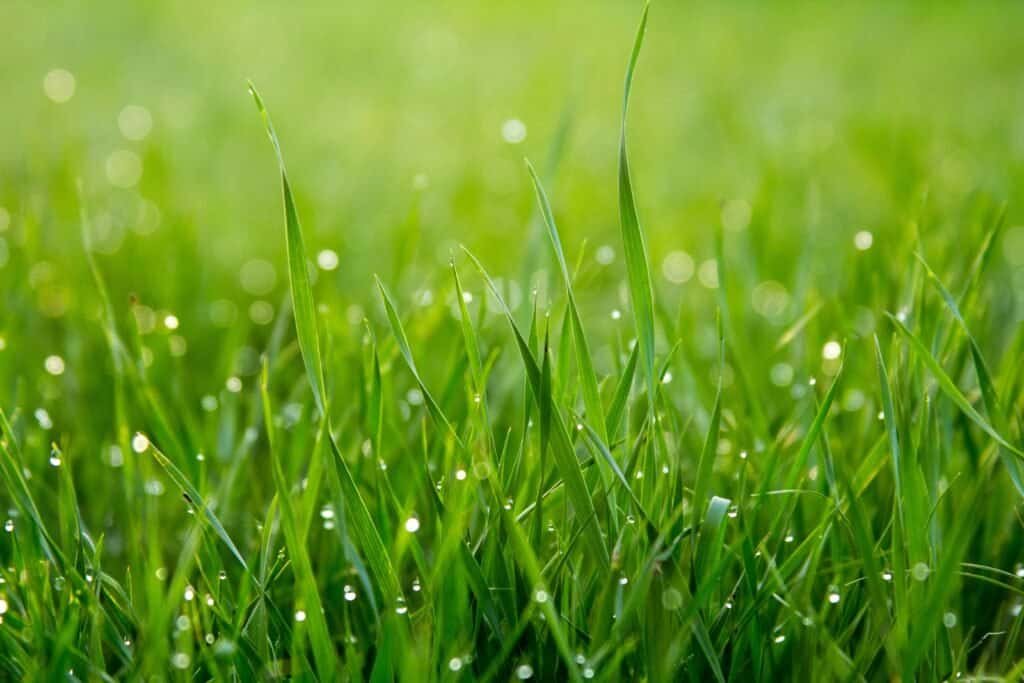Rainwater harvesting is an eco-friendly practice that conserves water and enriches your soil. This guide covers the benefits of rainwater harvesting, how to set up a system, and tips for maximizing its effectiveness.
Benefits of Rainwater Harvesting
- Water Conservation: Capturing rainwater reduces reliance on municipal water supplies, conserving a precious resource.
- Soil Enrichment: Rainwater is free of chemicals found in tap water, such as chlorine and fluoride, making it ideal for watering plants and enhancing soil health.
- Cost Savings: Using harvested rainwater for irrigation lowers water bills and reduces stormwater runoff, which can save on drainage costs.
Setting Up a Rainwater Harvesting System
- Determine Collection Area: Calculate the size of your roof to estimate potential water collection. Larger roofs capture more water.
- Install Gutters and Downspouts: Ensure your roof has gutters to direct rainwater into downspouts that lead to storage containers.
- Choose Storage Containers: Select rain barrels or larger tanks based on your needs. Ensure they are covered to prevent debris and mosquito breeding.
- Filtration and Distribution: Install filters to remove debris from the water before it enters storage. Use a hose or drip irrigation system to distribute the water to your garden.
Maximizing Effectiveness
- Maintenance: Regularly clean gutters, downspouts, and storage containers to prevent clogs and contamination.
- Overflow Management: Ensure overflow from storage containers is directed away from your home’s foundation to prevent water damage.
- Seasonal Adjustments: In colder climates, drain and disconnect systems before freezing temperatures to prevent damage.
Conclusion
Rainwater harvesting is a sustainable solution that conserves water, enriches soil, and saves money. By setting up an effective system and maintaining it properly, you can make the most of this eco-friendly practice.


